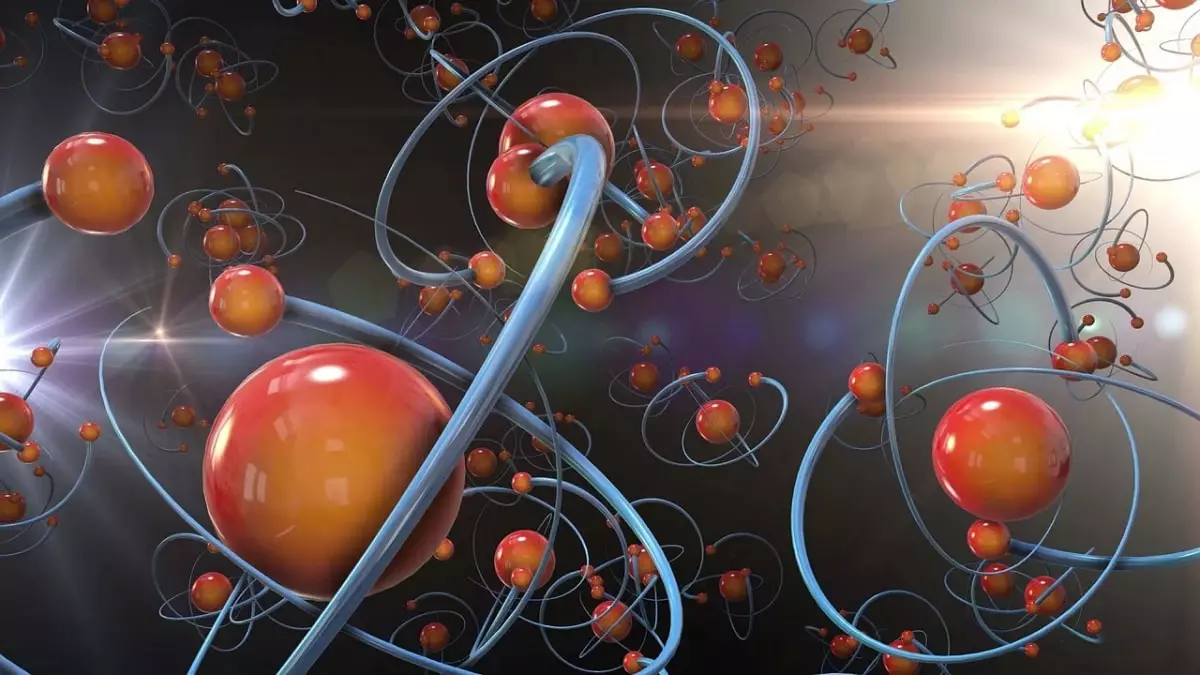The search for answers to life’s most profound questions is becoming increasingly intertwined with cosmic explorations. Astrobiologists and astronomers alike are investigating the prevalence of organic molecules throughout the universe, which serve as fundamental components in biological systems. Recent advancements in space missions, particularly by NASA and the European Space Agency, reveal a staggering abundance of these organic compounds in diverse celestial environments. As advocates of this research continue to delve deeper into the cosmos, our understanding of the origins of life on Earth and potentially elsewhere becomes ever more nuanced.
Significant Discoveries from Space Missions
Prominent missions such as the Rosetta spacecraft and the Osiris-Rex have unearthed remarkable findings regarding organic molecules. Rosetta, which studied the comet 67P/Churyumov-Gerasimenko, made headlines by identifying 44 distinct organic molecules, including glycine—a crucial amino acid and precursor to proteins. This suggests that key ingredients for life were not merely confined to Earth’s environment; instead, they have been synthesized in space billions of years prior to our planet’s possibility for life.
Through thorough analyses of samples returned from asteroids like Ryugu and Bennu, spacecraft such as Japan’s Hayabusa2 and NASA’s Osiris-Rex have brought back tens of thousands of organic compounds. Philippe Schmitt-Kopplin from the Technical University of Munich noted that these missions support the notion that the cosmos is a treasure trove of materials necessary for life. Ryugu’s bounty, which revealed 15 distinct amino acids, strengthens the case that life’s essential building blocks pervade not only our planet but also the greater universe.
The genesis of these organic molecules can occur through two primary mechanisms. The first occurs under the violent conditions of dying stars, mimicking combustion reactions where essential compounds are synthesized. The second, more prevalent method, involves icy dust grains in molecular clouds, where cosmic rays and radiation induce chemical reactions. In this environment, molecules like methanol can form, illustrating that the cosmos is a complex chemical laboratory.
A particularly exciting realization from recent research is that glycine can arise from such conditions, emphasizing that molecular complexity existed long before the formation of star systems. This hints at the possibility that the essential elements for life were set in motion far beyond our planet’s creation, reinforcing the idea that Earth is not the sole cradle of life in the universe.
The Protoplanetary Disk and Life’s Chemical Evolution
Protoplanetary disks remain pivotal in understanding how organic compounds might contribute to life. These regions are teeming with organic molecules, with observations from the Atacama Large Millimeter Array (ALMA) indicating the presence of methanol and other complex substances. Computational models suggest that these compounds withstand the tumultuous dynamics of planetary formation, creating opportunities for chemical evolution that may give rise to life.
Significantly, this ongoing molecular transformation could contribute to the rich tapestry of organic chemistry in environments conducive to life. As conditions in these disks evolve, the chemical diversity may present extraordinary possibilities for the emergence of living systems.
The implications of these discoveries extend into the field of astrobiology, fueling speculation about extraterrestrial life. Organic molecules, alongside their evolution, act as potential biosignatures—signs that life might exist in environments beyond Earth. Upcoming missions, such as NASA’s Dragonfly, which will explore Saturn’s moon Titan, aim to survey places rich in organic compounds, such as hydrocarbon lakes. Such explorations are pivotal in assessing whether life can exist in forms different from terrestrial understanding.
The overwhelming evidence supporting the abundance of organic molecules in our cosmos broadens our perspective on the origins of life. It reinforces the idea that the building blocks of life are not unique to Earth and potentially exist throughout the universe. As we equip ourselves with advanced technologies and relentless curiosity, our search for extraterrestrial life becomes increasingly plausible, inviting us to ponder the greater cosmic narratives that we are only beginning to understand.


Leave a Reply